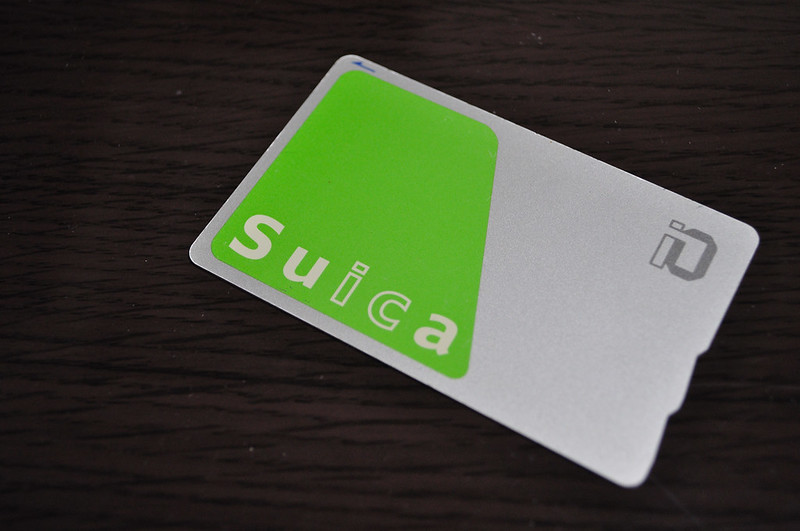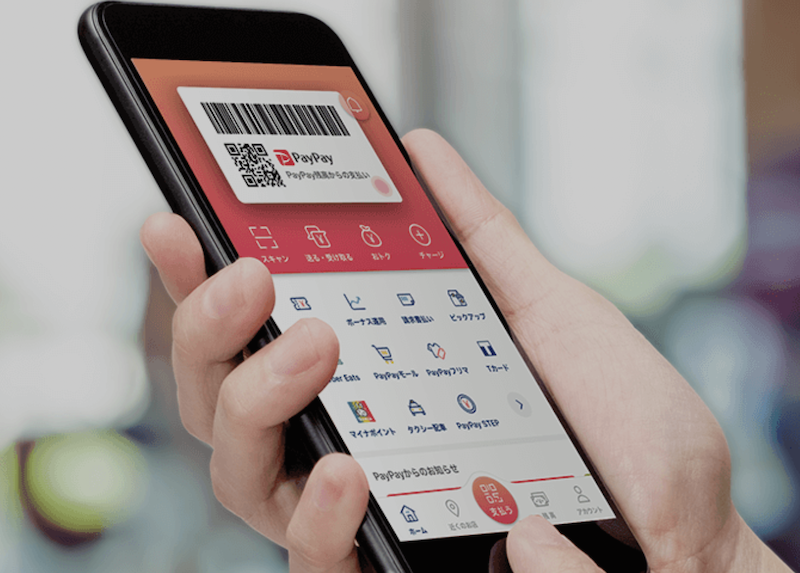May 26, 2021
Going Cashless in Japan
For those of us who arrived in Japan in the previous decade or before, the country’s fastidious adherence to its reputation for a nation in which cash was king was something of a frustration. Having to wander around with huge piles of cash when shopping, or when the restaurant bill arrives, realizing that you are 100 yen short and nip running around the streets trying to find your bank’s ATM was a major hassle.
Fortunately, times they are a’changing. Sparked by a younger generation recognizing the convenience of paying with cellphones, encouraged by a government targeting a doubling of cashless payments to 40% by 2025, and entrenched by fear of sharing currency in the pandemic environment, Japan is going through a cashless revolution.
What Are Your Options?
Banking institutions in Japan have not always been so amenable to foreigners, in the past insisting that we jump through all sorts of hoops to open even the simplest of bank accounts, often requiring a hanko stamp to do so. Furthermore, until recently, debit cards were virtually unheard of, and accessing credit cards – filling out all the forms in Japanese, aside – was prohibitively difficult.
Fortunately, the situation is beginning to improve, with many of the hurdles being, if not exactly removed, lowered. So, how can you, as a foreigner, go cashless too?
IC Card
The simplest and most straightforward of all cashless options is the humble commuter card. Whether it be Suica, Toica, Manaca, or one of the myriads of cards available, these can be preloaded and used to pay for your train, subway, and bus travel.

Furthermore, many stores (and vending machines) also accept these as forms of payment. While you’re unlikely to be able to use them in a top restaurant, they are pretty handy for buying your morning coffee at a convenience store.
Smartphone
The ability to use smartphones to pay for goods and services has actually been around in Japan for a number of years, but for some reason, it never really took off. However, with the new ubiquity of payment applications – hastened by the pandemic – you can now use your phone to pay for goods pretty much anywhere*.

The best-known of these is the Softbank and Yahoo! collaboration PayPay. By way of QR codes and connecting to your bank account, it is only usable in bricks and mortar stores, though it does enable you to transfer to friends and family. Another similar service is Line (the same as the chat app), and while this operates as a prepaid card which you can top up, it does have the advantage of being usable online.
If you regularly shop with the e-commerce store Rakuten, Rakuten Pay may be a good idea. Rakuten Pay is the largest QR code payment service in Japan, is usable both online and offline, and you receive Rakuten points when you use it.
*Okay, you probably won’t be able to use it at the mom-and-pop yakitori place down the back streets of your neighborhood, but you never know.
Debit Cards
When I first came to Japan, some nine years ago, I asked for a debit card when setting up my bank account. The bank staff had no idea what I was talking about, as no one used them. However, debit card use saw a massive surge in 2016, leaping 45 percent, and things have continued from there.

Most banks now offer debit cards for use online and in brick-and-mortar establishments. However, be aware that some debit cards do not function in the same way as they would back home, in that they cannot be used to withdraw money from ATMs. In these instances, you will be issued with a separate cash card.
Credit Cards
Quite understandably, banking institutions are wary about issuing credit cards to foreigners on short-term visas. However, even those of us who are here for longer durations may also find it difficult to be accepted.
If this is the case, you may find that large commerce companies are more amenable. Again, Rakuten is one of the more popular options, particularly when it is combined with Rakuten Pay, voila, double points! Another choice is Muji, and when you join, you receive 1,000 JPY of points to use at MUJI stores. You can earn up to 2,500 points during your first-year membership and up to 1,500 the second year, plus one point for every 1,000 JPY you spend on your card.
A further popular choice for shoppers is the EPOS card, which is issued by a subsidiary of the department store institution, Marui. There is no annual fee, you receive one point for every 200 JPY spent, and if you apply in-store at Marui, you’ll receive your card immediately and receive a coupon worth 2,000 JPY.
Image: By National Bank Of Ukraine Національний банк України via flickr.com [CC BY-NC-ND 2.0]
Image: By cozymax via flickr.com [CC BY-NC-ND 2.0]
Image: via https://paypay.ne.jp/
Image: via https://www.bk.mufg.jp/tsukau/debit/index.html


About the author